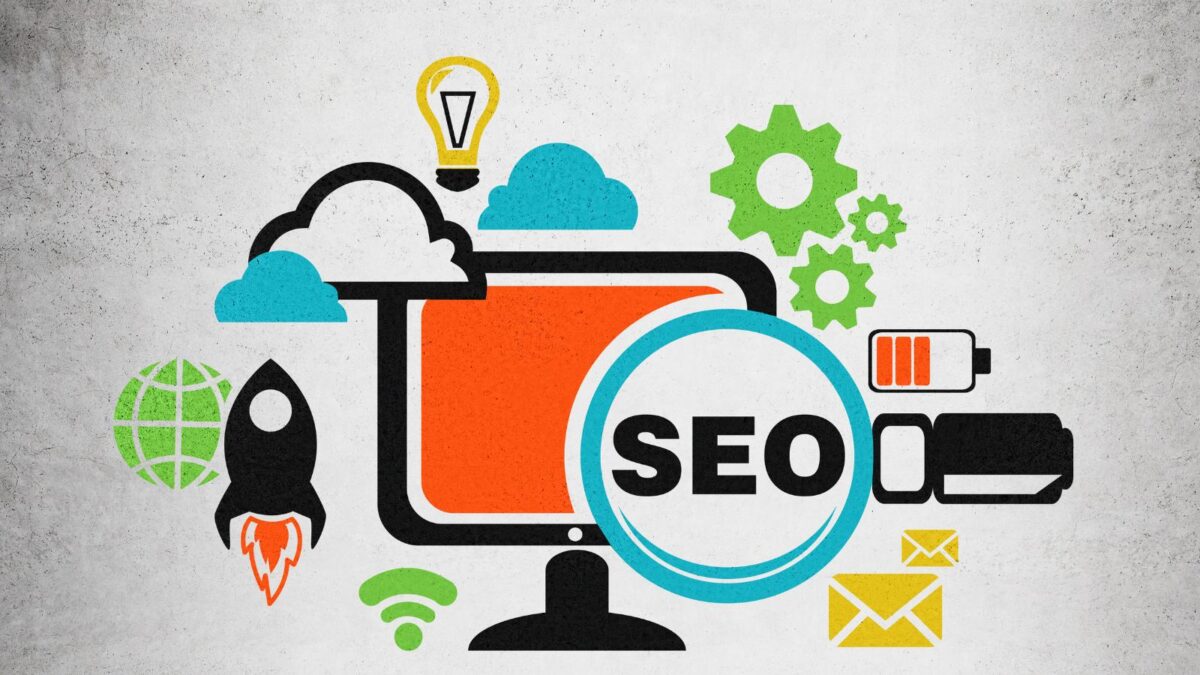Are you tired of seeing your articles rank low while competitors soar to Google’s top spots? There’s a solution that can help you close that gap—literally. In this post, you’ll learn how to use a content gap analysis tool from the RightBlogger to compare your blog posts with high-ranking competitors and uncover what’s missing from your content.
Small changes can lead to big improvements in your Google rankings, and this tool will show you exactly what those changes should be.
Table of Contents
What Is a Content Gap Analysis?
A content gap analysis is the process of identifying missing elements in your content compared to higher-ranking articles on Google and other search engines. Essentially, it helps you figure out why your article isn’t performing as well as it could.
The good news? You don’t have to do it alone, thanks to AI.
RightBlogger has rolled out a new content gap analysis tool, designed to compare your blog post with a competitor’s. It highlights areas where your content may be lacking and offers actionable suggestions for improvement. This comprehensive analysis can help you boost not just SEO, but user engagement as well.
However, before reading on, it’s important to consider the type of content you’re working with. Is it navigational, informational, commercial, or transactional?
The 4 Types of Content To Understand
Navigational content helps users find a specific website or page. It’s what people use when they already know where they want to go online. Think of it like using a GPS to reach a known destination.
Informational content, on the other hand, answers questions or provides knowledge. People search for this when they’re curious about something, like “how to bake a cake” or “what’s the capital of France.”
Commercial content guides users who are researching their options before buying a product. It’s like comparing different brands of laptops before making a decision to buy one.
Lastly, transactional content leads directly to a purchase or action, such as “buy walking shoes online” or “sign up for a free trial.” It’s the final step when someone’s ready to make a move.
Understanding these content types will help you create content that matches your audience’s intent. Knowing this helps you make the most of the tool.
How To Use the Content Gap Analysis Tool
Let’s explore how to use the content gap analysis tool. Once you’re logged into the RightBlogger suite, head to the tool.
For this example, we compared an article on Small Biz Tipster to a competing article.
Here’s how:
- Choose Your Primary Article: Start by selecting the article you want to improve. This is the content piece that you’ll be analyzing against other articles.
- Find a Competitor’s Article: Go to Google and search using the keywords your article targets. Avoid sponsored content—it’s not organically ranking and won’t provide a fair comparison. Look for blog posts with content similar to yours.
- Run the Comparison: Once you’ve chosen a competitor’s article, paste its URL into the tool and let the AI analyze. In seconds, it’ll present a detailed report comparing your content with the competitor’s. You’ll see where your article is falling short and what you can do to enhance it.
Example Analysis: What We Learned
In our comparison, the tool revealed several gaps in the Small Biz Tipster article:
- The competitor mentioned legal issues that our article didn’t cover.
- They also provided an FAQ section and offered a list of 10 items, where our article had only five.
These are missed opportunities that, when addressed, could significantly improve our article’s ranking. The tool recommends concrete steps like expanding lists, incorporating an FAQ section, mentioning privacy concerns, and outlining legal guidelines.
Once you’ve made these changes, patience is key. Google rankings don’t adjust immediately. If your edits are substantial, consider submitting your article for reindexing by Google to speed things up.
Comparing Multiple Competitors for Deeper Insights
Why stop at just one comparison for a content gap analysis? By comparing your article to multiple competitors, you can identify recurring themes or elements missing from your content.
For instance, a second competitor’s article in our example presented additional suggestions:
- Use Cases and Scenarios: Adding these can make the content more engaging for your readers.
- Step-by-Step Guides: A how-to guide like this Instagram notes guide can make complex information more easy to understand, especially for non-technical readers.
- Tables or Charts: These can clarify complex data or concepts, enhancing reader comprehension.
Repeatedly comparing your content to multiple articles helps you zero in on the most common gaps. These should be your top priorities for updates.
Why Regular Blog Updates Matter
Content should never be static. As Google’s algorithms evolve, so should your content. Revising articles over six months old can bring new life to your blog, keeping it relevant and competitive.
Using the RightBlogger Content Gap Tool during these updates can be a game-changer. The insights it provides will keep your content fresh and aligned with the latest SEO trends and user expectations.
Premium Access: Is It Worth It?
The RightBlogger offers both free and premium tools. While the free tools are useful, they only scratch the surface. The content analysis gap tool is part of the free tools for you to try out.
However, the premium suite is available for $29.99 a month (or less with an annual subscription). This grants you full access to 82 powerful tools with unlimited usage invaluable for serious bloggers and small business owners.
The RightBlogger’s content gap tool costs much less money than the other well-know competitors like SEMrush and Ahrefs, where you’d need a full suite of SEO products to use it.
From social media management to productivity hacks, the premium suite is designed to be your one-stop shop for all things blogging. Investing in these tools can save you time and effort, making it easier to focus on what really matters—creating great content.
Conclusion: Unlocking Better Rankings with an AI Content Gap Analysis Tool
RightBlogger’s content gap analysis tool is a must-have in your content strategy toolbox. By identifying what’s missing in your articles compared to competitors, you can make targeted improvements that will boost your SEO and user engagement.
The content gap analysis AI tool is easy to use, insightful, and worth the small investment if you’re serious about improving your blog’s performance.
Try it today with an older blog post and see the difference it can make in the coming weeks and months. Your future self—and your Google rank—will thank you.
Frequently Asked Questions: Mastering Content Gap Analysis with AI
A content gap analysis is a strategic approach to identifying missing content opportunities within a specific niche or market. By finding gaps, you can create content that fulfills unmet needs, attracting more audience engagement and improving SEO.
AI enhances the process by analyzing large data sets quickly and identifying content opportunities you might miss manually. It uses machine learning to understand trends, competitor content, and audience behavior, offering insights for creating impactful content.
Tools like SEMrush, MarketMuse, Clearscope and The RightBlogger use AI to offer detailed insights into content gaps. They help in keyword research, competitor analysis, and content optimization by leveraging data-driven algorithms.
Success can be measured by tracking metrics like increased organic traffic, higher engagement rates, and improved conversion rates. Use analytics tools to monitor these KPIs and adjust your strategy as needed.
Basic understanding of AI tools and digital marketing concepts is helpful but not always necessary. Many AI tools have user-friendly interfaces, and online resources or tutorials can assist in mastering their use. For example, if you know how to use a tool like Perplexity AI, then you’re well on your way to mastering using the content gap analysis tool from RightBlogger.
AI can provide data-driven insights and automate certain tasks, but human creativity and judgment are essential for creating real, engaging content that resonates with your audience.
- Valuing a Blog Business: 9 Mistakes That Lower Your Price - December 17, 2025
- How to Hide Followers on Instagram from Others: Simple in 2026 - December 15, 2025
- Pinterest Marketing: 6 Secrets To Increasing Traffic - December 13, 2025




woo! 👏
Glad you like it Ryan. I’m so loving the tools, and I haven’t gotten through all 82 yet! Thanks and have a great day.